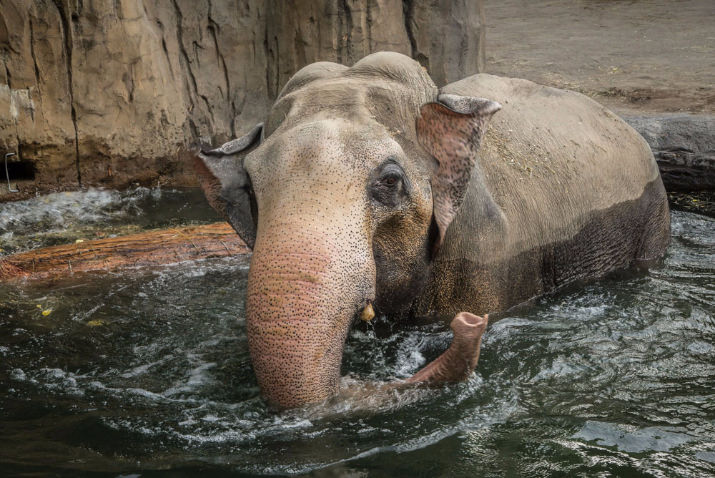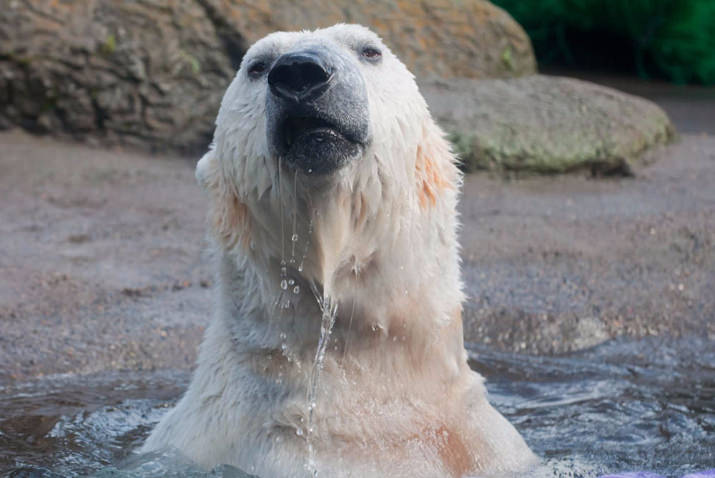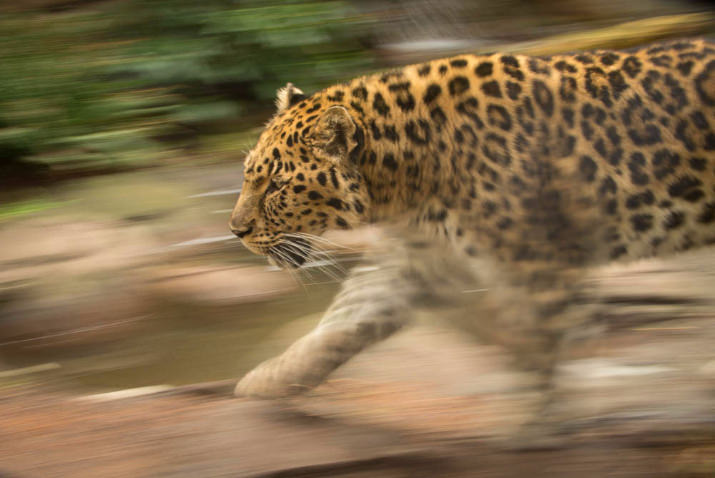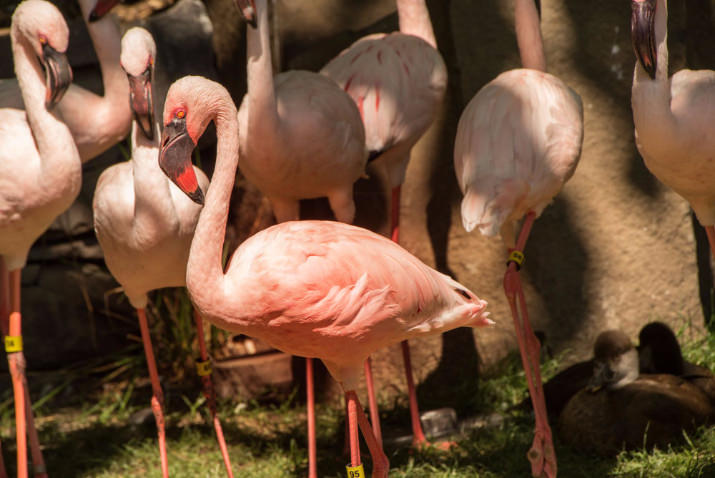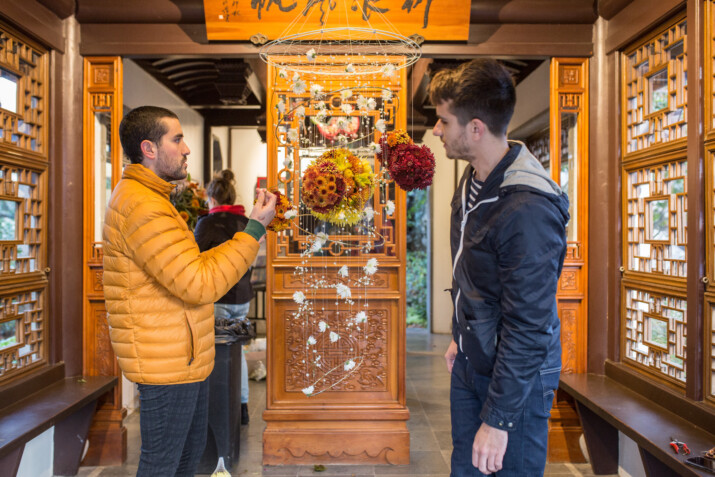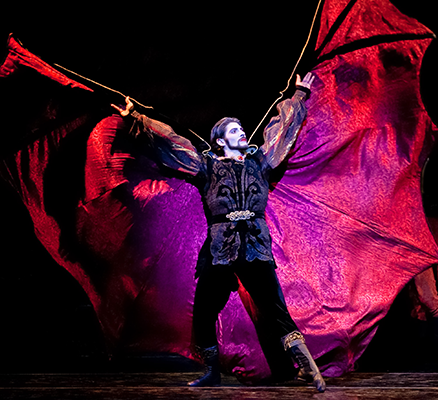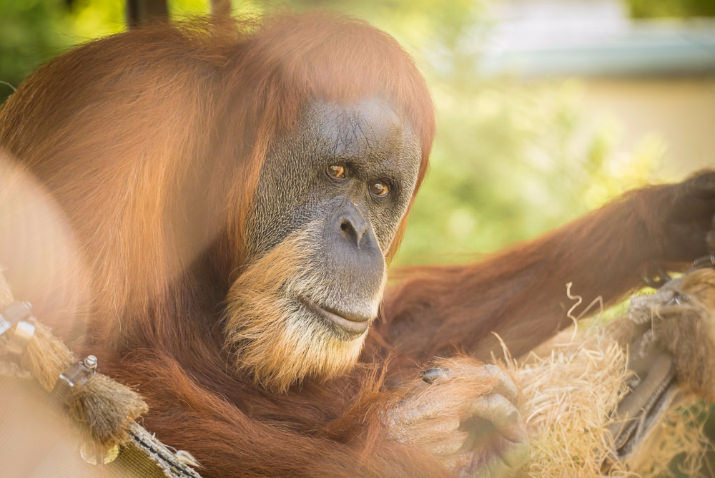
Oregon Zoo Proud of Caring for Six of Oldest of Their Kind
Portland, August 22nd, 2015. As home to some of the oldest animals on the planet, the Oregon Zoo has earned a stellar reputation for the specialized geriatric care it provides. For example, Hermosa the Humboldt Penguin has lived a record 33 years. Zoo veterinarians and keeper staff work together, developing innovative ways to make sure the animals in their care have a great quality of life throughout their golden years — teaching an aging sea otter to dunk a basketball, for example — and many of the zoo’s residents live far beyond the median life expectancy for their species. (photo credit, Michael Durham, courtesy of the Oregon Zoo.)
Here’s a look at six ultra-geriatric Oregon Zoo residents, each of which is the oldest of his or her kind, like Hermosa the Humboldt Penguin:
She’s on meds for arthritis and her eyesight is not so good, but Hermosa — the oldest Humboldt penguin in any AZA-accredited zoo — is as feisty as ever and a terrific foster mom, according to her Oregon Zoo keepers. In their natural habitat, the rocky South American coastline off Peru and Chile, Humboldt penguins can live to about 20 years, but Hermosa has reached the ripe old age of 33. With her egg-laying days long behind her, she’s shacking up with a male Humboldt named Tamale, and the pair still fosters eggs from other nests, raising chicks in place of less experienced penguin parents. Of the world’s 17 penguin species, Humboldts are among the most at risk, threatened by overfishing of their prey species, entanglement in fishing nets, and breeding disruption due to commercial removal of the guano deposits where the birds lay their eggs. Their population is estimated at 12,000 breeding pairs.
At 55, Inji is the oldest Sumatran orangutan on the continent and easily one of the very oldest on the planet. “She’s in amazing shape for her age,” said Asaba Mukobi, the zoo’s senior primate keeper. “She has no trouble getting around and no major health concerns — she isn’t taking any special medication beyond aspirin.” A recent TakePart feature postulated that “what she teaches us about staying fit could help save her wild brethren.” Inji was born in the wild around 1960, came to the United States through the pet trade (legal at the time) and was donated to the Oregon Zoo by her owner in 1961. While Mukobi is thankful the zoo has been able to give her a good home, he says it’s heartbreaking to think about the circumstances that first brought her here. “The pet trade is illegal now, but it’s still around. It’s one of the major threats to orangutans’ survival, along with human encroachment and habitat loss from palm oil plantations. Orangutans right now are at the brink of extinction — especially in Sumatra, where Inji comes from.”
By almost any measure, Packy is majestic. Standing 10 and a half feet at the shoulder, he is thought to be the tallest Asian elephant in North America, and he cuts a lithe figure even at six tons. He is also the oldest male of his species on this continent. His 1962 birth helped scientists better understand elephants and opened the door to a new era in elephant welfare. “If you think about the time when he was born, it’s mind-boggling,” said Bob Lee, who oversees the zoo’s elephant program and has worked with Packy for more than 15 years. “Kennedy was president, the Beatles hadn’t made any records yet, cigarettes didn’t have warnings from the Surgeon General. It was a different era. They were writing the book on elephants as they went.” Though remarkably healthy for his age, keepers say Packy is noticeably slowing down. “We just want to give him the most comfortable life we can,” Lee said. “His toughness always impresses me. Sometimes it’s easy to forget he’s a geriatric elephant.”
Weekly blood tests and meds concealed inside fishy treats — it’s all routine stuff for Conrad, a thousand-pound polar bear at the Oregon Zoo, who at 30 may be the oldest male of his species on the planet. “The median life expectancy for polar bears is 20.7 years for males, and Conrad’s a decade past that now,” said Nicole Nicassio-Hiskey, the zoo’s senior marine animal keeper. “You’d never know it to look at him though — he’s still very playful, especially in cooler weather. Our staff works hard to keep him healthy, active and engaged.” Conrad and his sister, Tasul, were born Dec. 1, 1984, at the Riverbanks Zoo in Columbia, S.C., and came to Portland in 1986. Three years ago, the siblings became the first polar bears in the world to voluntarily give blood — a significant animal-welfare advance that allows them to participate in their own geriatric healthcare. This breakthrough has also proved a boon to scientists studying wild bears in the Arctic.
How many 20-year-old cats do you know? And how many of those are Amur leopards? Kia, who turns 20 on Oct. 9, is the oldest Amur leopard on the continent, and Amur leopards are perhaps the most endangered big cats in the world. Around 70 are believed to remain in their southeastern Russia home range. North American and European zoos are participating in coordinated breeding programs to help preserve these critically endangered cats. Though Kia’s reproductive years are now behind her, she has given birth to 10 cubs over her lifetime. For more information, visit www.amur-leopard.org.
Wild-caught in Africa in 1968, Big Pink (officially known as B30007, the number assigned to him as part of the International Species Information System) is estimated to have hatched sometime in 1966 and is the oldest lesser flamingo on the continent. He was transferred to the San Antonio Zoo, and lived there until 2013, when he came to Oregon Zoo with the rest of his flock. The lesser flamingo is the smallest species of flamingo, and the pinkest of the two Old World species. With a global population of more than 2 million, lesser flamingos are not considered endangered, although the birds’ main breeding sites are being threatened by industrial pollution and human encroachment. Big Pink is nearly as old as the plastic lawn flamingo, invented in 1957.
Support from the Oregon Zoo Foundation enhances and expands the zoo’s efforts in conservation, education and animal welfare. Members, donors and corporate and foundation partners help the zoo make a difference across the region and around the world.
The zoo opens at 9 a.m. daily and is located five minutes from downtown Portland, just off Highway 26. The zoo is also accessible by MAX light rail line. Visitors who travel to the zoo via MAX receive $1.50 off zoo admission. Call TriMet Customer Service, 503-238-RIDE (7433), or visit www.trimet.org for fare and route information.
General zoo admission is $11.50 (ages 12-64), $10 for seniors (65 and up), $8.50 for children (ages 3-11) and free for those 2 and younger. Additional information is available at www.oregonzoo.org or by calling 503-226-1561


